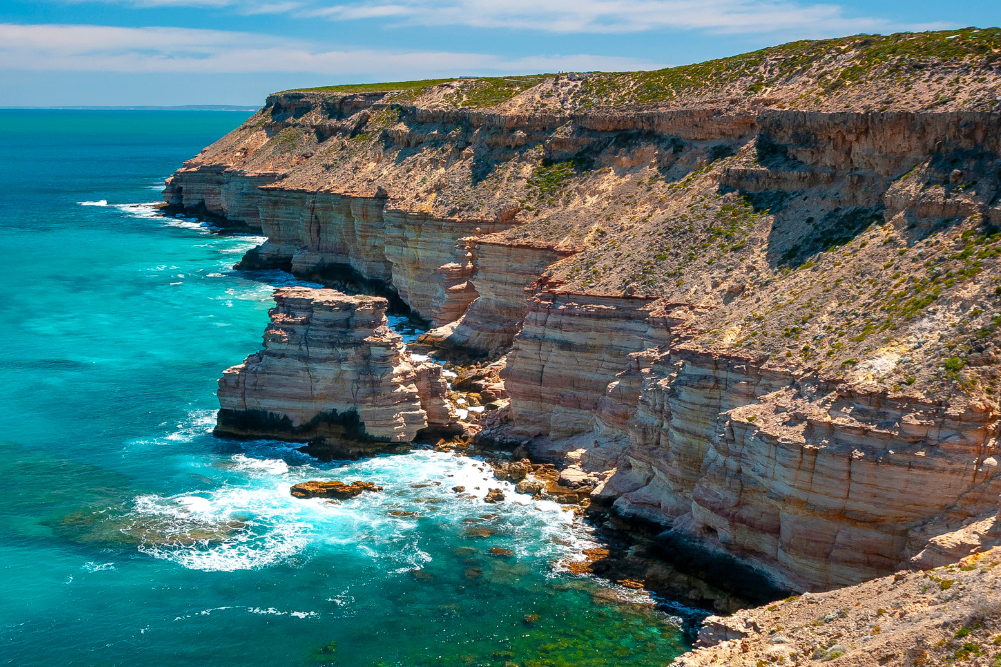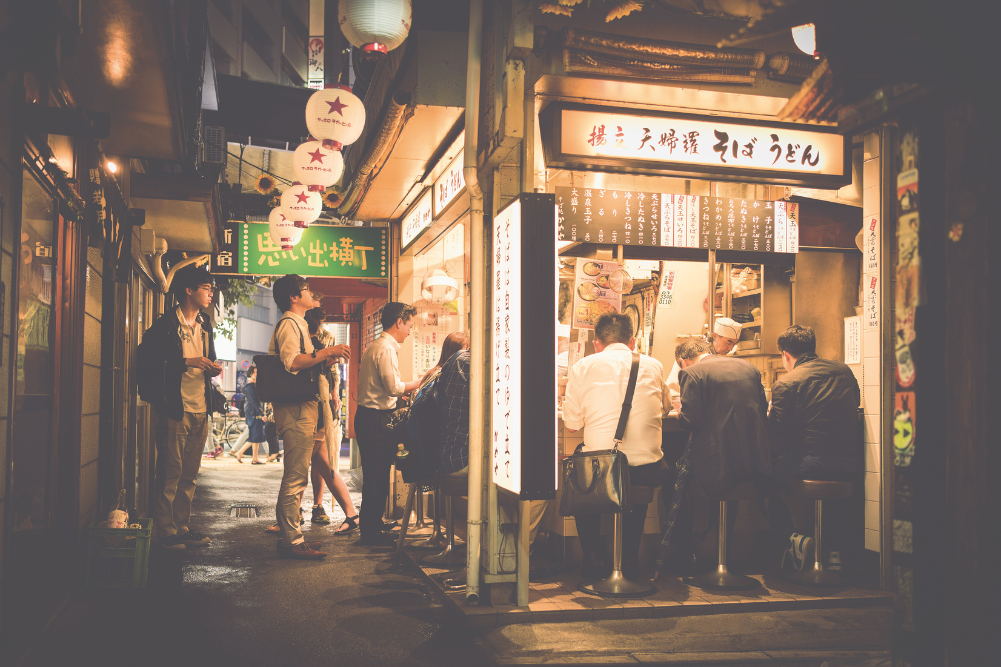Eco-Italia
The Italian eco-village of Damanhur lies in a region also known as the Piedmont (“foot of the mountains”) and it is not hard to grasp why. Turin, which is famous for being the home of Fiat, lies below a spectacular panorama of high peaks that encircle it for 180 degrees and which in winter are snow-covered.
The roots of the village community go back to 1975, when about 20 spiritual seekers living in the region formed a group around their shared interest in the esoteric. One prime mover, Oberto Airaudi, suggested they put their energies into starting an intentional community and this led to the birth of Damanhur in 1977 with a core group of 24 pioneers.
Damanhur welcomes guests and its website provides directions and public transport timetables. A rail connection runs from Turin to the nearby hub of Ivrea, from which Damanhur is accessible by taxi or blue buses with the letters GTT on the side. During daylight hours, the landmark is a line of flagpoles with different national flags.
For visitors, a three-day introduction costs 260 Euros, with a private room being an additional 40 Euros a night (AU$54, NZ$69) or 25 Euros (AU$34, NZ$43) for a room shared with up to three other people. My three-day experience was shared with visitors from a range of countries, including the US, Australia, Switzerland, Sweden and Brazil, and a sense of camaraderie quickly developed between us. At the end of the three-day program it’s possible to stay longer, and work-exchange arrangements may be available in the warmer months.
Although summer is a good time to visit, winter provides a more unique experience for Australians and New Zealanders, many of whom rarely or never encounter snow. When I arrived, temperatures were hovering around 1°C in the daytime. However, if you’re dressed for the climate, it tends not to feel unpleasantly cold, partly because a fair proportion of time is spent in well-insulated indoor spaces.
The Welcome Centre is located at the main site, known as Damjl, positioned above the deep Valchiusella Valley with its small hydro-electric dam. A hill behind boasts a 14th century tower and offers glorious views. The closest village is Baldissero Canavese, a small, quiet place whose colourful houses are in various states of disrepair. Fortunately, the Welcome Centre staff speak very good English.
A second site, about 3km up the road, is known as Damanhur Crea. This large two-storey building was once a rural factory run by the Italian company Olivetti, which closed decades ago, and was purchased by Damanhur in 2003. Today it is the economic and social hub of the community, with an organic mini-supermarket, a café-restaurant and a large venue. Other than driving your own vehicle and walking, hitching what are described as “synchronic lifts” between the two locations is easy and fairly safe because most people making the trip are community members.
While there is no issue with alcohol, smoking is strictly banned on Damanhurian properties due to its negative physical and energetic effects. This is a blessing for non-smokers after spending time around Italian public transport nodes where smoking is prevalent and intrusive.
Community nodes
Going against the grain of some expectations, Damanhur is not concentrated in one location but is instead spread out over a 50km radius in micro-communities called nucleos (“nucleuses”). The typical nucleo property is a large house, generally with somewhere between 10 and 20 residents, frequently with solar panels and a solar hot-water system on the roof. These nodes aim towards self-sufficiency in energy and food.
Putting philosophy into action is central to Damanhur’s approach. For nucleos, this involves the sharing of resources, and living communally is seen as the most important type of spiritual practice. Centuries ago, alchemical experiments used to take place in special flasks called athenors, and in the Damanhurian view each nucleo can be likened to an athenor in which humans undergo transformation. People can also be compared to rocks in a stream; as they meet and rub together, they lose their sharp edges and become rounded.
Perhaps the most unique nucleo is the Treetop Community, located on a hill near Crea among 12 acres of forest. Houses here are richly decorated with handmade wooden mosaics and have been built around and among the trees. To avoid impacting on the ground, residences are built on pillars and travel between them occurs on elevated walkways.
Cutting-edge social structures
Damanhur is committed to experimentation in social systems, work and housing. In addition to the nucleos, another alternative to the nuclear family is a house at Damjl that is shared by young people aged between 16 and 24, in which they form their own peer-group bonds. Marriage vows are renewed between couples every year as a means of reaffirming their commitment.
In addition to being financially self-supporting, each nucleo makes its own tangible contribution towards the community; for example, one specialises in caring for elderly community members. While possessing a large measure of autonomy, the idea is that the nucleos will work together in a co-ordinated way for the greater good of the whole.
The community tends to view itself as a kind of global nation within Italy and has gone a long way towards replicating its own versions of outside structures. It has its own federal structure, constitution, currency, radio station, newspaper, Senate and a justice system based on conflict resolution. Airaudi (now known as Falco) is taking his hands off the reins but remains its spiritual mentor.
A unique philosophy
Damanhur is named after a city situated in the Nile Delta, near Alexandria, that exists today. The significance of Alexandria for the community is its vast library, which when it burnt to the ground in 48 BCE was at the time the world’s greatest storehouse of knowledge. With a strong interest in alchemy, a practice known to the Ancient Egyptians, the community nonetheless succeeds in balancing out this esoteric direction with a grounded attitude to life. Rather than the transformation of matter, its ultimate goal is the evolutionary transformation of humankind.
In the course of a talk during the three-day visit, Falco defined spirituality as “finding a balance that will make you happy”. Memorably, he stated, “All your opportunities for enlightenment are present in the here and now.” In his view, the best way to express your divinity is by caring for humanity. The human race has placed itself in a prison by shutting down its inner senses and has made the mistake of confusing evolution with technology.
In a totemic system, community members eventually adopt an animal name followed by a plant name. This can initially seem bizarre and even funny to outsiders, but the name combinations are of deep significance to their owners.
One important Damanhur philosophy is that when things have become too static it’s good to shake them up. A state that outwardly appears to be confused can be a creative one, and chaos can be regarded as a form of order, but at a level that requires a shift in perception to understand. The Damanhurian ethos is to act now rather than wait for the perfect set of circumstances to arise.
A powerful tool for learning is the use of challenging games. The Game of Life involves spending time in unfamiliar environments and focuses on experimentation, playfulness and challenge. Another ongoing game is known as Risk. It features fictitious countries, drawn up on a wall in great detail. Players adopt the role of leaders in a time of war, learning to make decisions and take on high levels of responsibility. By all accounts, it is highly addictive.
Art and metaphysics
One of the first things to attract the attention of a visitor is the importance given to creativity, and art that reflects the community’s values. Sculptures proliferate and most walls are covered by beautiful murals. At Damjl, there is a group of spiral labyrinths, each used for a particular function or issue such as optimism, digestion and insomnia. Nearby, a modern stone circle surrounds the Circle of Rituals, where solstices and equinoxes are celebrated.
Four altars in different parts of Damjl are dedicated to each of the elements. Used for ritual purposes, these are off-limits to visitors. The Earth Altar resembles a small Aztec pyramid, while the Fire Altar features a large pink crystal that glows after dark. Facing the Fire Altar is the large Open Temple, a remarkable gathering point for the community bordered by terracotta-coloured columns and sculptures. Beyond is a grove reserved for nature spirits.
Visitors to Damanhur are introduced to Selfica, a magical technology that is purportedly the renaissance of lost ancient knowledge and a gateway into the world of cosmic intelligences that work in the human realm via the power of synchronicity. Commonly made from metals such as copper, with frequent spiral and coiled shapes, each of these “selfs” performs a specific function, or set of functions, often involving health benefits, and they are frequently incorporated into jewellery.
The eighth wonder
In the early 1990s, an incredible story reached the attention of the world’s New Age community. Damanhurians had created a network of nine underground temples in total secrecy over a period of 14 years, with no building skills. The early core group began construction of the temples illegally and eventually a former community member reported them to the authorities. Initially, an order was made for the temples to be destroyed and then the regional council resolved to turn them into a tourist attraction, but they were spared both fates after a petition was signed by 100,000 people.
Richly decorated and dense with Damanhurian symbolism, each of the Temples of Humankind has a different theme and is used for a different purpose. Among the highlights of the temples are several features:
- They are accessed and connected by a network of remote-controlled doors hidden in the walls that open Indiana Jones-style. In one, part of the floor descends downward to form a set of steps, so you have to watch where you stand!
- Nearly all human faces in the many murals represent actual community members, whose features are carefully reproduced.
- One striking mural in the Hall of Earth depicts a nearly weaponless battle between Damanhurians and anonymous grey figures who symbolise our destructive, anti-life alter egos; to overcome their grip, the battle is being fought with laughter and playfulness on the part of community. The ceiling is dotted with stars, which are reflected in the floor. With the lights dimmed, you appear to be walking among them.
- A plethora of miniature clay statues left in the temple complex serve as proxies for community members, to maintain their presence during the times when they are absent.
- A room known as the Hall of Spheres features ball-shaped liquid-filled selfs known as “spheroselfs” set in rows along the sides.
- The largest space, known as the Hall of Mirrors, contains the world’s largest tiffany stained-glass dome.
Reasons to visit
The temple network is without doubt Damanhur’s most remarkable attraction. Access is restricted and to see it you will need to enrol in one of the visitor programs. Damanhur is a remarkable experience for its many other unique qualities. When I visited, the celebrated American clown doctor Patch Adams held a workshop in which he referred to it as his “second home”.
Damanhurians convey a friendly and open-hearted impression. As is usually the case, the experience is most fulfilling if you learn some Italian to enable better communication with the residents.
Located in the north-west corner of Italy, Damanhur is not far from the borders with Switzerland and France and should be a high priority for anybody travelling this part of the world and wanting an inspirational and enlightening experience.
Resources
Damanhur www.damanhur.org
Damanhur Welcome Centre www.olamidamanhur.com
Damanhur Inside (blog) www.damanhurinside.com
Dreams of Damanhur (film) www.dreamsofdamanhur.com
Temples of Humankind www.thetemples.org/en
Martin Oliver is a writer and researcher based in Lismore, northern NSW.







